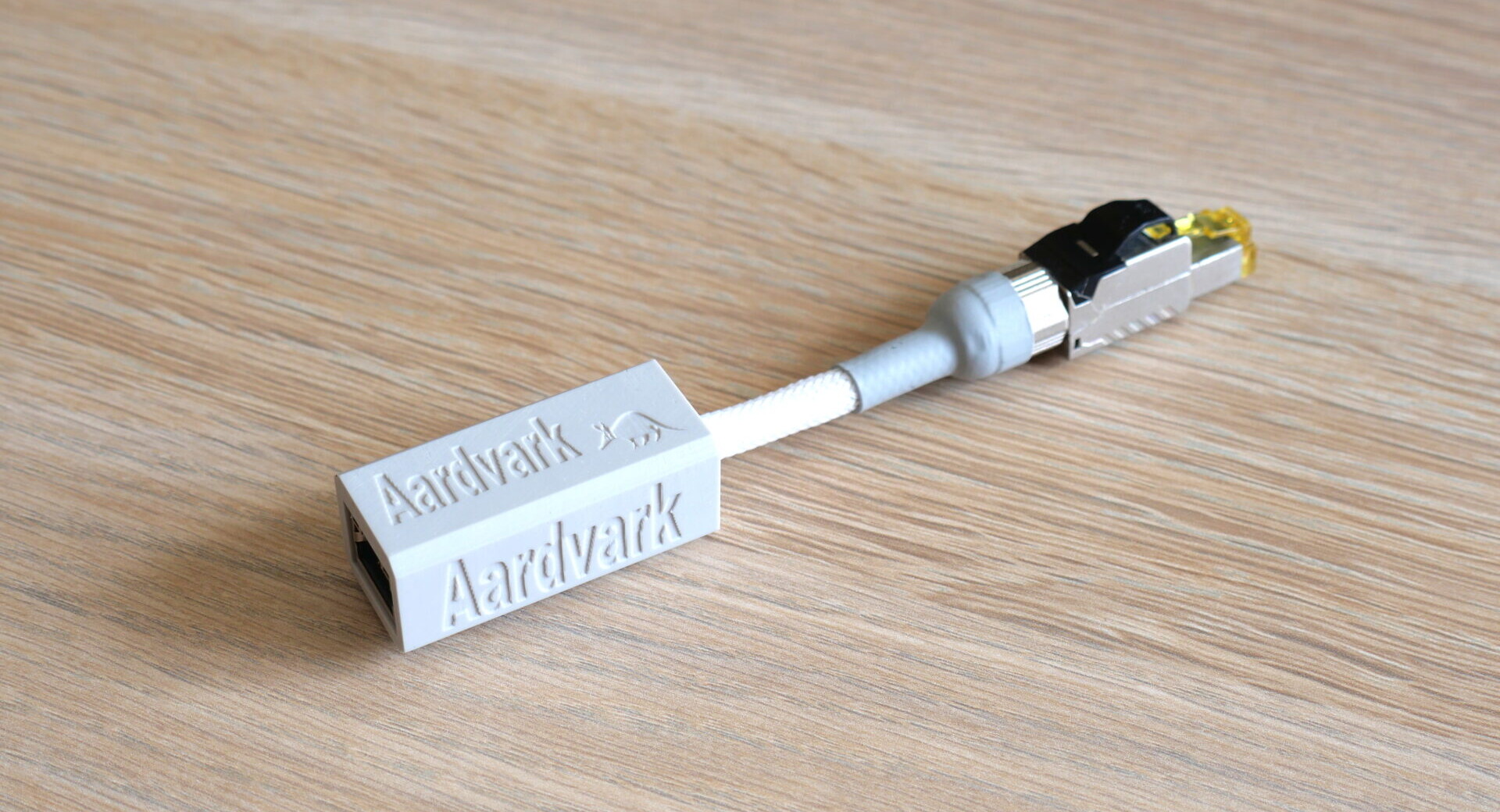
In a completely separate and coincidental change, Orange (the telecoms provider)closed out the year on a high, finally getting around to hooking up the ‘fibre-optic to your router’ connections that have been interfering with traffic flow for the last nine months. With our digital signals arriving on overhead cable, the switch from copper to optical connections has had an effect that’s little short of miraculous – not just in terms of speed/bandwidth but also stability. Streamed music has taken a significant step up in quality, with a reduction in the disjointed and fractured rhythm and harmonics that always seem to undermine the sense of musical flow, coherence and integrity. It ain’t like replaying a locally stored file, but anything that moves streaming closer to being a genuine high-end source is welcome indeed.
Taken collectively, these changes have had a significant impact on both the operational practicality and the sound of the system. One big gain has been in terms of substantially lower noise floor, with the associated benefits of micro-dynamic definition, harmonic development, instrumental colour and expressive range. But perhaps the biggest shift has been in overall temporal and dynamic integrity. Whilst all of the changes in infrastructure components and practices have contributed, it’s hard to ignore the contribution of the Acouplex supports (and where required, coupling cones) and the uncanny way that they have bound the other benefits into a single, coherent musical whole. With the shelves in place, the system takes on a calmer and far less intrusive quality. It’s as if they take the low-noise floor generated by the rack and grounding, the dynamic and harmonic resolution delivered by the Odin 2 cables and temporal coherence that comes from the quieter network and successfully bind them to a single coherent shape and structure, allowing the music and the musicians much greater freedom of action and expression: the process of reproduction recedes, the system becomes more relaxed. Yes, from a reviewing point of view it makes it easier to differentiate the sonic contribution of different components, to hear exactly what they do to the music and how they change the perspective or performance. But on a purely musical level – and irrespective of the components in the system – it also lets me hear greater distinctions between instruments and musicians, playing and performances – which really is what this whole thing is all about.
It’s a timely reminder that, just as any car can only drive as fast as the road allows, ultimate musical performance is about way more than just those fancy boxes we all tend to fixate upon. When it comes to musical performance, system infrastructure matters in a very real and musically fundamental way. It’s vital to be both aware of its elements and stay on top of their state of tune. While you might give the specific components or pieces that constitute your system’s infrastructure the lion’s share of your attention, never underestimate the crucial importance of consistency: consistency when it comes to cabling; consistency when it comes to support; consistency when it comes to grounding. It’s what creates the level playing field that high-end audio performance demands. It’s what reveals the natural temporal, tonal and expressive qualities in recordings. When it comes to audio, New Year or not, it’s always worth remembering that there’s more than one sort of resolution!
And a short addendum…
I almost forgot, partly because the swap took place during the mad-month that is Munich – Wadax updated my Akasa DC cables. The original Akasa DC was extremely impressive on the Reference DAC but the results were more borderline with the Server. In certain situations and with certain files, for all its improvements in dynamics, timing and musical organisation, the upgraded DC cable could introduce an edge of brightness to the sound that could tip some systems over the edge. My early samples were replaced with modified cables, materially and constructionally equivalent to all those that went out to customers. Result? The brightness was gone and now the performance advantages enjoyed on the DAC were fully realised with the Server, making the Akasa DC a solid, universal upgrade in this role too. The Wadax front-end is now permanently Akasa-ed – although I still have a long set of the original DC cables that can be used if I want to site the PSUs remotely (mainly to create more rack space). Although that was a preferred option with the HRS RXR rack when things got tight, the extra shelves provided by the GPA Monza mean that so far, since its installation, I’ve avoided that necessity.

